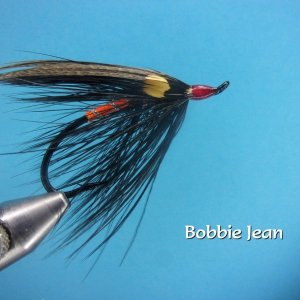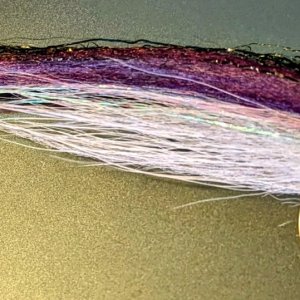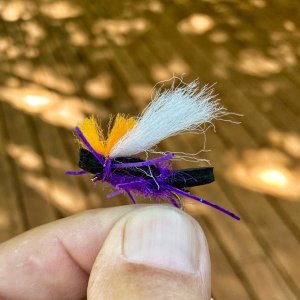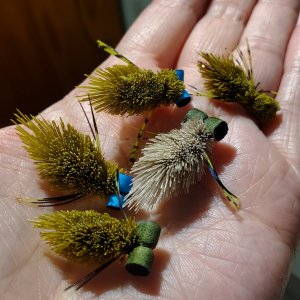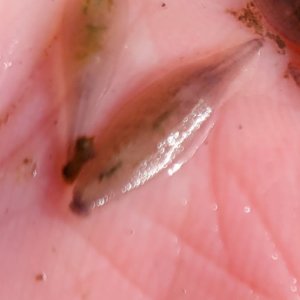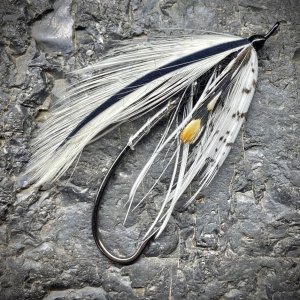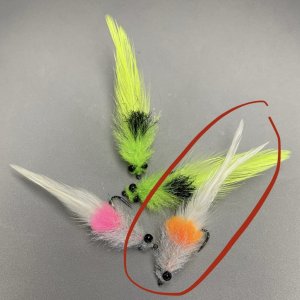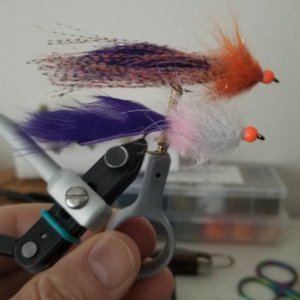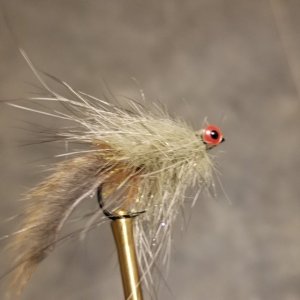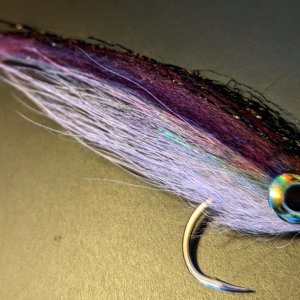My go to fly fishing technique has always been nymphing, usually with indicator and two nymphs. With a heavy fly, like a Pat's on the bottom and whatever I think is appropriate above. This has served me well, so why change. Since buying a boat a few years ago and doing a lot of gear fishing for smallmouth bass, I have had very good results by dropshotting. On my last trip to the Yakima I decided to employ this technique to nymphing.
I used a leader from a Kell Galloup YouTube video. It involves 5' of 12# mono (he uses yellow Stren for visibility, I used Maxxima Ultra Green for the stiffness), knot on 3-4' 3 or 4X, and finally knot on 6-8" of 3 or 4X. Flies are connected to the leader with 4" tippet attached to the leader by running the line through a loop at one end above the leader knots, which act as stops. Kelly states that if the bottom fly is #12 or larger you can tie it on "inline". The split shot is added to the end of the leader.
It is still essentially a "chuck and duck" method which you can fish with an indicator or tight line (Euro?). Basically, you want to lead the flies, so the leader is at an angle upriver putting the bottom fly in the fish's face, off the bottom a few inches. Set up your flies in a natural configuration with a fly that would be expected to be near the bottom and one that might be found higher in the water column (pupa). Also, it probably fishes better with unweighted flies. Unfortunately, my box is full of lead weighted flies and beadheads.
My experience last week was I didn't catch any more fish than I normally do, as a matter of fact I didn't do well at all. However, I really liked the way this rig fished with an indicator. Even with the weight (I used on or two BB size split shot) ticking along the bottom I didn't hang up nearly as much as my usual rig and if the weight hung up, it either came off or pulled out of the snag. You do need to keep the droppers short to minimize tangling, especially the bottom one and don't let the weight get too close to the bottom fly for the same reason. I'm definitely going to continue experimenting with this set up. I would be interested to hear other's experiences with this set up.
I used a leader from a Kell Galloup YouTube video. It involves 5' of 12# mono (he uses yellow Stren for visibility, I used Maxxima Ultra Green for the stiffness), knot on 3-4' 3 or 4X, and finally knot on 6-8" of 3 or 4X. Flies are connected to the leader with 4" tippet attached to the leader by running the line through a loop at one end above the leader knots, which act as stops. Kelly states that if the bottom fly is #12 or larger you can tie it on "inline". The split shot is added to the end of the leader.
It is still essentially a "chuck and duck" method which you can fish with an indicator or tight line (Euro?). Basically, you want to lead the flies, so the leader is at an angle upriver putting the bottom fly in the fish's face, off the bottom a few inches. Set up your flies in a natural configuration with a fly that would be expected to be near the bottom and one that might be found higher in the water column (pupa). Also, it probably fishes better with unweighted flies. Unfortunately, my box is full of lead weighted flies and beadheads.
My experience last week was I didn't catch any more fish than I normally do, as a matter of fact I didn't do well at all. However, I really liked the way this rig fished with an indicator. Even with the weight (I used on or two BB size split shot) ticking along the bottom I didn't hang up nearly as much as my usual rig and if the weight hung up, it either came off or pulled out of the snag. You do need to keep the droppers short to minimize tangling, especially the bottom one and don't let the weight get too close to the bottom fly for the same reason. I'm definitely going to continue experimenting with this set up. I would be interested to hear other's experiences with this set up.


